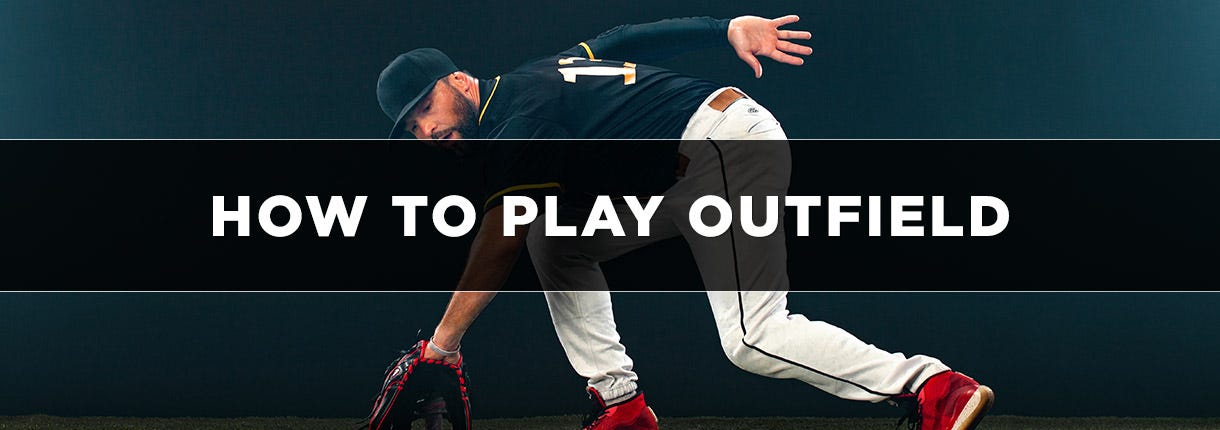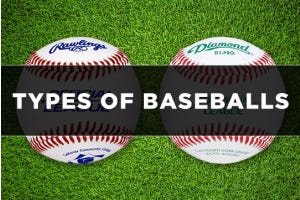How to Play Outfield

The outfield is generally not the most sought after position in Little League. Most balls hit by Little Leaguers are hit in the infield and, as a result, most young players want to pitch, catch or play a base. Putting your best players in the infield is logical since that is where the action is. This changes as batters become more powerful and the outfield positions become more important... generally by high school.
So what makes a good outfielder? It takes a lot more than being a good catcher, fast runner or a great leaper to become an outfielder. You need to work hard, think clearly and act consistently. A good outfielder can track down a ball and anticipate where it will land. The outfielder should start leaning in the anticipated direction as soon as the batter swings. This will shorten the areas they have to cover in their field. Knowing the type of pitches each pitcher throws is also an important consideration as an outfielder since the trajectory of the ball will change with the pitch.
A good outfielder will notice how the ball leaves the bat. He also recognizes that balls hit by right-handed hitters will trail differently than those hit by their left-handed counterparts. Staying "in the game" and keeping close watch on every play will help him determine where the ball will go. Play shallow. In most leagues, this is enough since so many balls land in between the infield and outfield.
Outfielders need to stay alert at all times and should learn what to do when a ball is hit in the infield. They may go three or four innings without the ball being hit in their direction, but then get two or three balls in a row. If an outfielder stops paying attention, they will get embarrassed very quickly. Whether playing left, right or center field, a player should not stand around watching the action in the other part of the field. Instead, they need to come in to back up the infielder. The role of back-up generally means that the outfielder will stop an overthrown or missed ball. However, there are instances where an infielder is otherwise engaged and the outfielder is needed to cover their base.
Charge any ground ball that makes it through to the outfield. As an outfielder, you are the last line of defense, meaning that you cannot allow a ball to get past you. You cannot afford the few seconds to wait for the ball to get to you. If necessary, get down on one knee to prevent the ball from getting by.
Catch fly balls at shoulder height since it is easier to transfer the ball to your throwing hand. A good outfielder should get the throw away quickly. Never hold the ball. Quick action is essential. Also remember to use both hands when catching. Otherwise, the ball is likely to just fall out.
Learning to play the outfield seems simple enough, but knowing what to do as an outfielder is generally much more complicated. Being good at tracking and catching the ball is essential, but outfielders must know their arm strength, how to throw on a line and (most importantly) where to throw the ball. Quickly hitting the cutoff man is as valuable a skill as being able to throw the ball all the way to the base. It's generally more accurate as well.








